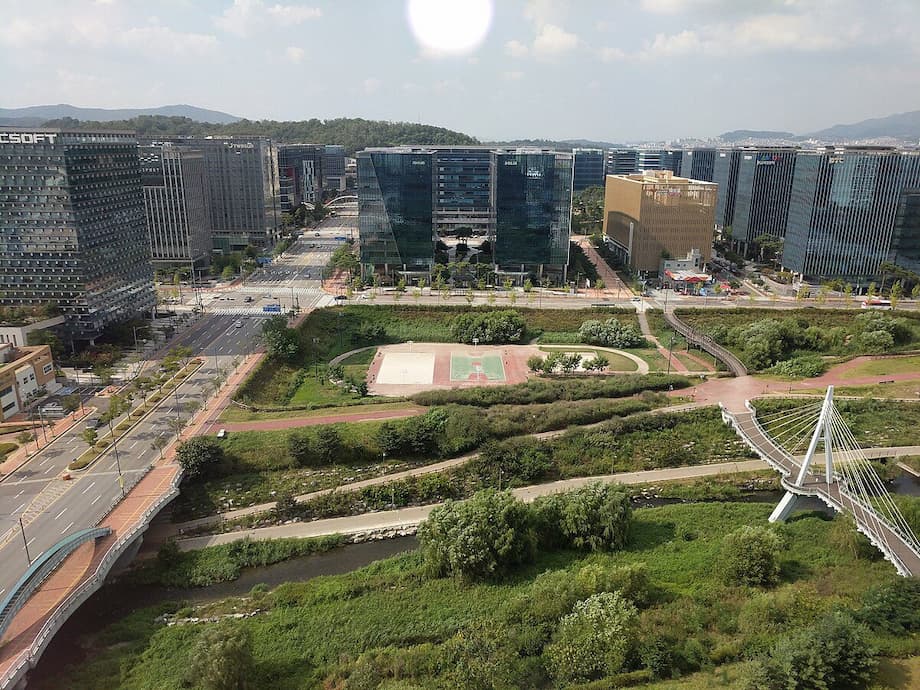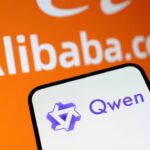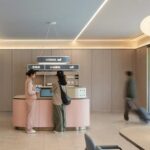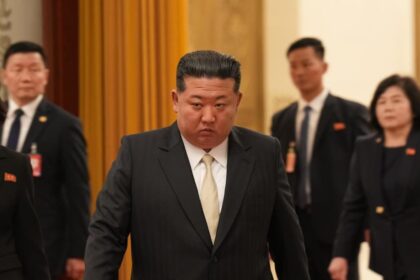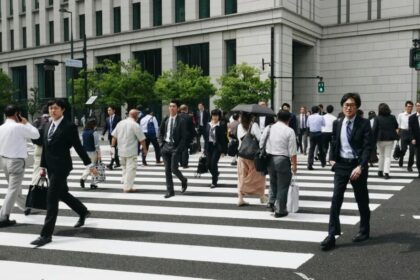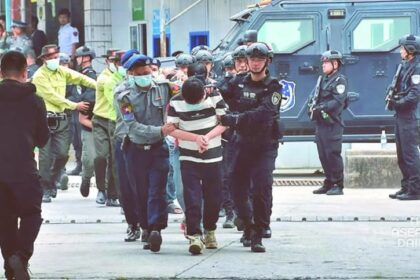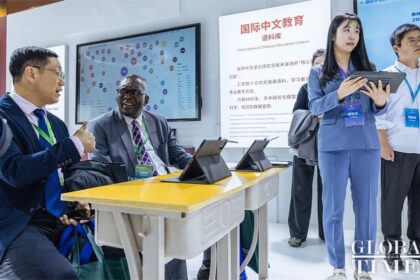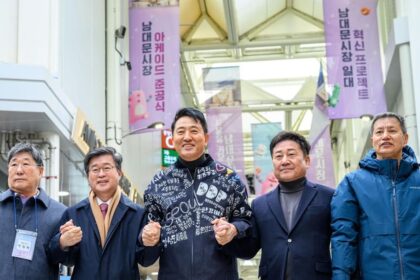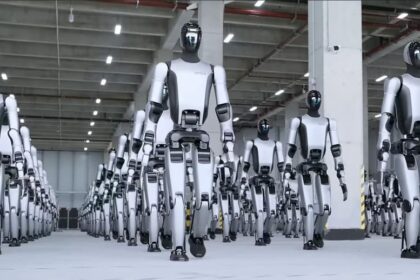A tech magnet just beyond Seoul
A short subway ride south of Seoul sits an expanse that helped define South Korea’s modern tech story. Pangyo Techno Valley in Seongnam opened in 2011 and now spans 661,000 square meters. It concentrates more than 1,800 startups, research labs, and major technology firms in a walkable district that feels like a living lab for Korea’s digital economy. Naver, Kakao, Samsung Electronics, SK Hynix, HD Hyundai, AhnLab, Nexon, NCSoft, and 42dot keep operations there, drawing thousands of engineers each day and anchoring a cluster that many call the Silicon Valley of Korea.
That label carries as much expectation as pride. Pangyo is dense with talent and capital, yet the comparison to California’s cradle of technology is a high bar. Official figures list roughly 91.5 percent of companies in Pangyo as small and mid size businesses, about 3.6 percent as big tech, and 4.9 percent as public or government organizations. The mix reflects the country’s startup base and its strong corporate presence, but it also hints at limits in global reach, capital depth, and founder mobility.
Hyoungchul Choi, CEO of Portologics, founded his logistics software company in Pangyo five years ago. He credits the district for its concentration, but he also warns against easy comparisons.
“Pangyo is absolutely Korea’s most concentrated hub for software, gaming, platforms, and AI. The nickname is convenient, but we should not overstate our global influence. Silicon Valley is not just about density, it is built on decades of international capital flows, risk taking culture, and its ability to attract talent worldwide. We are not there yet.”
Choi’s caution captures a broader debate. Density alone does not create a global hub. The Bay Area grew through a long arc of research universities, defense contracts, deep venture capital pools, and generations of repeat founders. Pangyo has speed, scale, and national importance. Its next chapter will be defined by how fast it converts local strengths into international wins.
Is the center of gravity moving back to Gangnam
In recent years, some of Korea’s startup momentum has shifted up the subway line to Gangnam in Seoul. That is where the venture capital firms line Teheran Street, and where many founders say meetings, recruiting, and fundraising all move faster. The flow has raised a hard question for Pangyo: can the district remain the nation’s prime tech address when the densest networks for talent and capital are in the capital city itself
Janice Sa, a principal at Z Venture Capital who has worked in Pangyo for more than a decade, sees the change up close.
“With giants like Kakao, Naver, Nexon, and NCSoft all in one place, the title still makes sense. Back then, startups were flocking to Pangyo. Today, many are heading back to Gangnam. Young developers and engineers still gravitate toward Gangnam, and most venture capital firms are packed along Teheran Street. For hiring and fundraising, that makes Gangnam the easier choice.”
The lure of Teheran Street
Gangnam is not only an address. It is a daily marketplace for talent and capital. Investors are in the same towers as incubators and growth companies, which means quick coffees turn into partner meetings, and hiring managers walk a few blocks to meet candidates. Pangyo is only about 15 minutes away, but it sits outside Seoul in Gyeonggi Province. Many support programs align with city lines, so founders find more global initiatives and denser startup infrastructure inside Seoul.
An insider at a Pangyo tech firm says the district still offers a unique peer environment that can be hard to match elsewhere.
“When you are working in tech here, collaboration comes easier, everyone is just around the corner. Seoul is more diverse. Yeouido is Korea’s Wall Street, perfect for fintechs, while Gangnam draws startups of every kind.”
That mix explains Pangyo’s challenge and opportunity. It can be a deep industry cluster while Seoul functions as the broader marketplace. The test is whether founders can use both, building product and teams in Pangyo while tapping investor and customer networks in the capital.
Speed, culture and the missing story
Korean startups face a second test that has little to do with addresses. It is about tempo, culture, and narrative. Investors pushing for global expansion say the domestic market is reaching saturation in many categories, from consumer apps to enterprise tools. Winning abroad takes faster cycles, more experimentation, and sharper storytelling.
A Kakao Ventures investor, speaking about lessons from cross border portfolios, frames the gap in plain terms.
“American startups tend to succeed and fail much faster, which fuels constant experimentation and a high rate of talent movement. Speed is a startup’s greatest strength, so I try to have open conversations with founders about how to turn failure into opportunity.”
The same investor points to a communication gap that can decide a pitch meeting in minutes.
“Many Korean founders are sharp on numbers and strategy, but stumble on a simpler question: What is your story? Business is still about people connecting with people. Without a clear, authentic narrative, it is hard to stand out.”
Storytelling is more than polish. It aligns team purpose, signals product fit, and helps investors understand why a company can expand beyond its home base. That clarity matters when startups sell into the United States, Japan, Europe, or China, where customers and funders expect a distinct problem statement and a credible plan to scale.
The numbers behind the brand
Pangyo’s company mix is heavy on small and mid size firms. That concentration has strengths, including tight peer networks and short paths to pilot projects with neighbors. It also presents limits. The smaller the average company, the fewer serial founders and late stage mentors in the building next door. Those are often the people who pass along playbooks for entering new regions, hiring senior operators, or navigating regulatory reviews in foreign markets.
Korean founders are already seeking ways to shorten that learning curve. The flagship COMEUP festival in Seoul retooled its Stars program for 2025 to help startups pursue overseas markets more directly. A record 559 teams applied for 20 spots that provide region specific acceleration for the United States, Japan, China, and Europe. Interest skewed toward North America and Japan, and AI led the applicant pool by sector. The pattern suggests where founders see the clearest opportunities for venture funding and early customers, and where the technology fit is strongest.
Those figures also show intent. The most ambitious teams are preparing for product localization, local market analysis, and investor introductions abroad. That is a shift from the past, when many startups focused first on domestic dominance, then explored international expansion later. If that outbound focus sticks, it could change the rhythm of company building in Pangyo and Seoul alike.
Programs and places trying to keep Pangyo competitive
Local programs are working to make Pangyo a springboard, not just a destination. The Gyeonggi Center for Creative Economy and Innovation runs a weekly Investor Relations event inside the Pangyo Startup Zone. The goal is simple, connect founders seeking capital with investors and match promising teams with TIPS operators, a national program that backs early stage tech startups with private investment and government support. Recent cohorts featured companies building cross border IT solutions, autonomous driving verification, robotics software, and health tech, signaling how the pipeline is shifting from pure gaming toward deep technology.
Corporate partnerships add more on ramps. INNOX and the innovation center ran an open innovation program that offered initial investments totaling 2 billion won alongside a growth track focused on awards, standards, and overseas showcase support. The competition rate was intense, and the partners plan a new founder space in a Pangyo building to keep selected startups close to mentors, investors, and corporate partners.
Seongnam is also investing in the local fabric. The city launched the Pangyo Contents Street project, a 750 meter pedestrian corridor with play, festival, and relaxation zones funded with 4.47 billion won. The aim is to use culture and game heritage to draw visitors and keep the area lively after work hours. That matters because young engineers and designers often choose offices based on the quality of neighborhood life as much as rent or commute time.
Game anchors remain powerful. Gyeonggi Province counts more than a third of the country’s gaming professionals, and recent figures show the province accounting for a large share of national gaming sales and exports. That density keeps Pangyo visible to global publishers, esports teams, and content creators who bring new users and revenue into the local economy.
Beyond games toward AI and biotech
Pangyo’s technology identity is broadening. AI now sits at the center of many new pitches, and local universities and labs feed a steady stream of machine learning talent into nearby teams. Startups in robotics, autonomous mobility, and industrial software are beginning to share attention with companies in healthcare and life sciences, where Korea’s manufacturing and materials expertise can give founders an edge.
One example is BioPlus, which selected a site in Pangyo 2nd Techno Valley to establish a headquarters and integrated R&D center focused on HUGRO, a patented bioactive material based on growth factor peptide combinations for skin therapeutics. The company plans to use Pangyo as a base to connect research with global commercialization, working alongside academic partners to accelerate development of bio health technologies. The move shows how Pangyo’s second phase can attract firms that blend materials science with data and clinical validation.
These bets matter because they create different kinds of role models. If founders in AI, robotics, and biotech post international wins, they expand the region’s narrative beyond platforms and games. That attracts different talent, from regulatory experts to product managers who have taken medical devices or enterprise AI tools into foreign markets. Scale in those fields also draws different investors, including sector specialists in Tokyo, Singapore, and Silicon Valley.
What needs to happen next
Korea’s startup community, in Pangyo and Seoul, is racing to translate local strength into global presence. Leaders point to a familiar trio of constraints. The home market is smaller than the United States, Europe, or China, which limits the ceiling for pure domestic growth. Global investor ties are less mature, so founders spend extra time building trust and sourcing cross border capital. Language and regulatory differences add friction because many firms need bilingual teams and advisors who understand sector rules in each target country.
Those issues do not disappear with funding. They are easier to handle with early design. Founders who plan for global from day one can recruit teams that mix local engineers with sales and product leaders in the destination market. They can line up design partners abroad and test price points and channel strategies before a big launch push. Programs like COMEUP’s region specific accelerators are beginning to make those bridges easier to cross by placing startups inside partner houses with direct access to local networks.
There is also a soft skill with hard outcomes. Narrative. Investors and customers often meet a founder for minutes, not hours. A clear story about the problem, the wedge into the market, the team advantage, and the plan for expansion can tilt those meetings. That is especially true when several teams can build a similar product. A memorable story is not a substitute for traction or hard tech, but it can open doors for both.
Choi believes Pangyo’s blend of scrappy founders and established corporate influence can still work in its favor, if that mix supports faster international learning.
“Unlike in the U.S., where founders often leap into risk and pivot fast, startups here tend to balance ambition with discipline, building proof at home before going abroad. The outcome is dependable engineering, but without the same move fast, break things energy that defines Silicon Valley. What holds Korean startups back from going global? Three key factors are the small size of the home market, weaker global investor ties, and language or regulatory hurdles. Breaking through needs early global partners, deliberate go to market resources, and leaders who think cross border from day one.”
Pangyo’s next stage may look less like a single city carrying an ecosystem and more like a network. Seongnam can keep the product engines humming. Seoul can keep the meetings flowing. That division of labor can be a strength if leaders make the connections tighter and if founders learn to work both sides with intent.
At a Glance
- Pangyo Techno Valley houses more than 1,800 startups and tech organizations across 661,000 square meters near Seoul.
- Roughly 91.5 percent of Pangyo companies are small and mid size, 3.6 percent are big tech, and 4.9 percent are public or government organizations.
- Founders and investors say talent and capital are concentrating in Seoul’s Gangnam, making recruiting and fundraising easier there.
- Local programs such as TIPS, weekly IR events in the Pangyo Startup Zone, and corporate open innovation tracks are designed to connect startups with capital and global exposure.
- Seongnam’s Pangyo Contents Street project aims to improve the neighborhood experience and support the area’s cultural identity.
- COMEUP Stars 2025 drew 559 applications for 20 region focused slots, with AI leading the field and interest strongest in the United States and Japan.
- Key hurdles for global expansion include a smaller home market, weaker global investor ties, and language or regulatory friction, along with weaker storytelling in some pitches.
- Pangyo is broadening beyond gaming into AI, robotics, and biotech, with BioPlus planning a new headquarters and R&D center in Pangyo 2nd Techno Valley.
- The benchmark for success is shifting to international wins, from unicorns and cross border exits to steady inflows of global talent.


